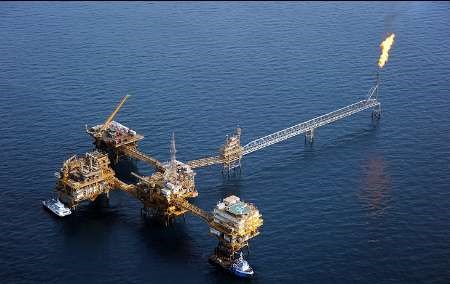Oil prices bounced 8 per cent on Tuesday from the biggest one-day rout in nearly 30 years, as investors eyed the possibility of economic stimulus amid a price war between Russia and Saudi Arabia and as new virus cases slowed in China.
President Donald Trump on Monday said he will be taking “major” steps to gird the US economy against the impact of the spreading coronavirus outbreak and will discuss a payroll tax cut with congressional Republicans on Tuesday.
Brent crude futures rose by $2.85, or 8.3 per cent, to $37.21 a barrel by 0605 GMT, while US West Texas Intermediate (WTI) crude gained $2.46, or 7.9 per cent, to $33.59 a barrel.
Both benchmarks plunged 25 per cent on Monday, dropping to their lowest since February 2016 and recording their biggest one-day percentage declines since Jan. 17, 1991, when oil prices fell at the outset of the US Gulf War.
Trading volumes in the front-month for both contracts hit record highs in the previous session after a three-year pact between Saudi Arabia and Russia and other major oil producers to limit supply fell apart on Friday.
“In times of turmoil, nothing is more important in restoring confidence than the government appearing calm and in control of the situation, how tenuous that control maybe,” said Jeffrey Halley, senior market analyst at broker OANDA in a note.
Asian shares bounced and bond yields rose from historic lows as speculation of coordinated stimulus from global central banks and governments calmed panic selling.
The sentiment was also lifted after Chinese President Xi Jinping visited Wuhan, the epicentre of the coronavirus outbreak, for the first time since the epidemic began, and as the spread of the virus in mainland China sharply slows.
China, the world’s second largest oil consumer, is trying to get people in hard-hit Hubei province back to work by using a mobile phone-based monitoring system that will allow people to travel within the province.
“When you look at the leverage the industry is in, at prices of around $30, it’s not profitable,” said Jonathan Barratt, chief investment officer Probis Group.
“Saudis and other Middle Eastern producers have their budgetary constraints, Russia is starved for cash and the breakeven for shale has to be around $50 a barrel. So the dynamics of all those put together will mean they will come to an agreement somewhere.”
On the demand side, the International Energy Agency said oil demand was set to contract in 2020 for the first time since 2009.
Crude was also supported by hopes for a settlement to the price war and potential US output cuts, although analysts warned gains may be temporary as oil demand continues to be hit by the economic impact of the coronavirus outbreak which has spread beyond China and caused Italy to be under lockdown.
US shale producers rushed to deepen spending cuts and could reduce production after OPEC’s decision to pump full bore into a global market hit by shrinking demand due to the coronavirus outbreak.

 Iran Energy News Oil, Gas, Petrochemical and Energy Field Specialized Channel
Iran Energy News Oil, Gas, Petrochemical and Energy Field Specialized Channel



